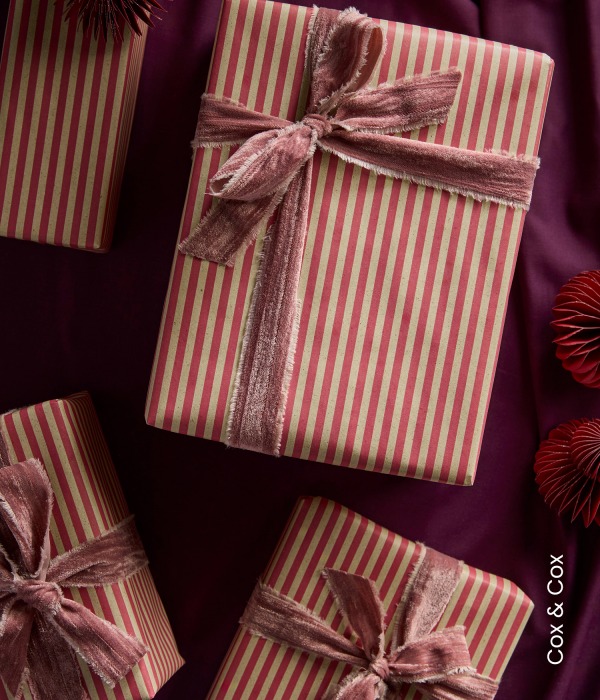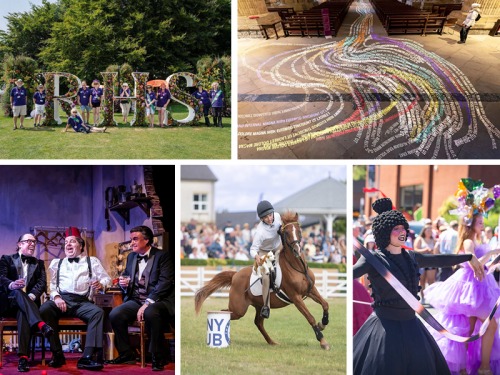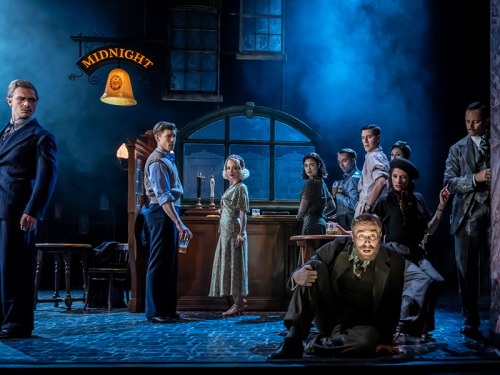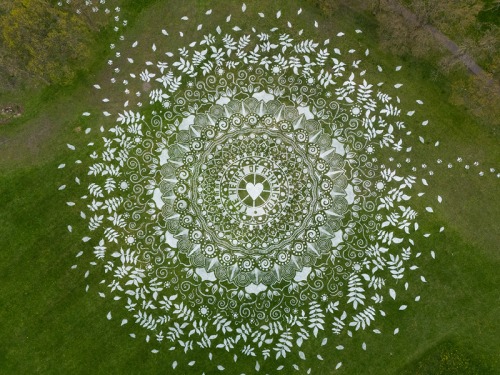See The Killer Whales Spotted Off the Northumberland Coast
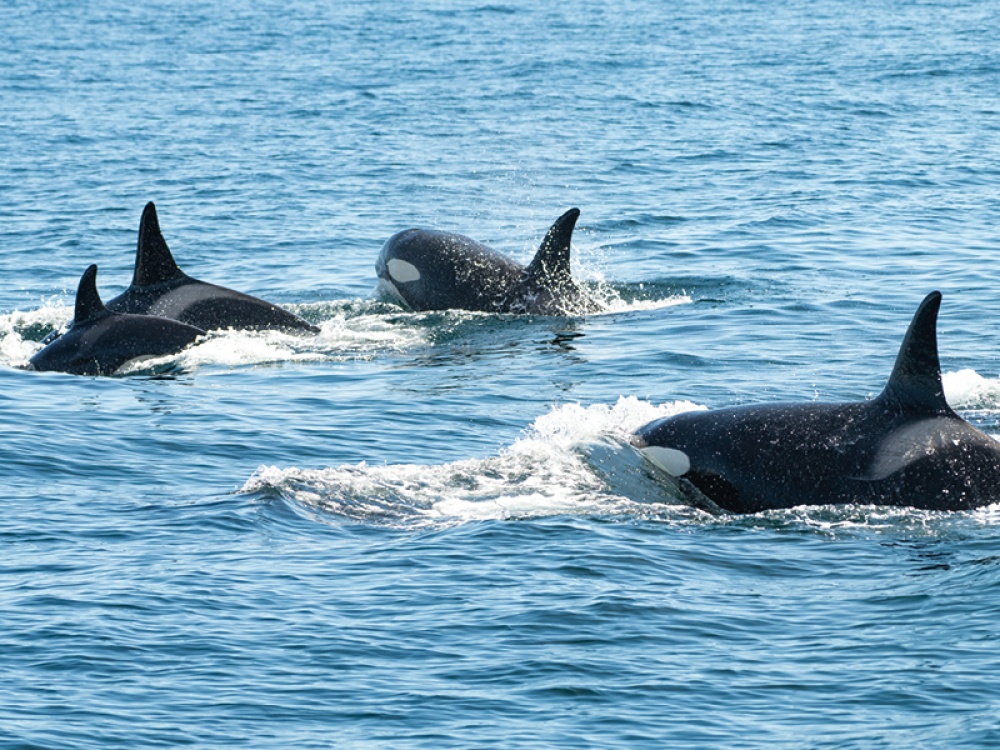
While colonies of seabirds and seals regularly attract locals and visitors to Billy Shiel's Boat Trips around the Farne Islands, an unusual appearance of orca whales has surprised passengers this year
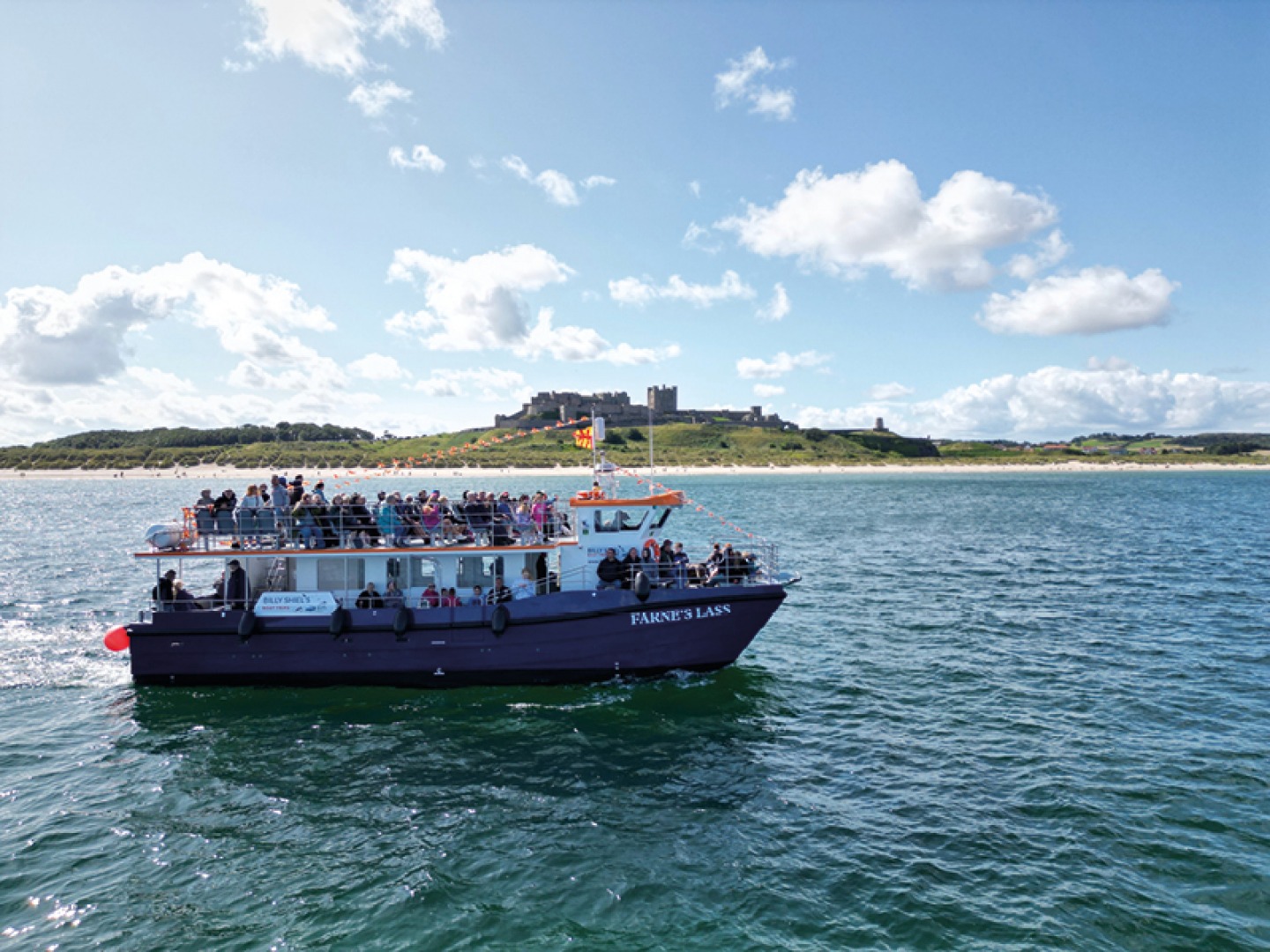
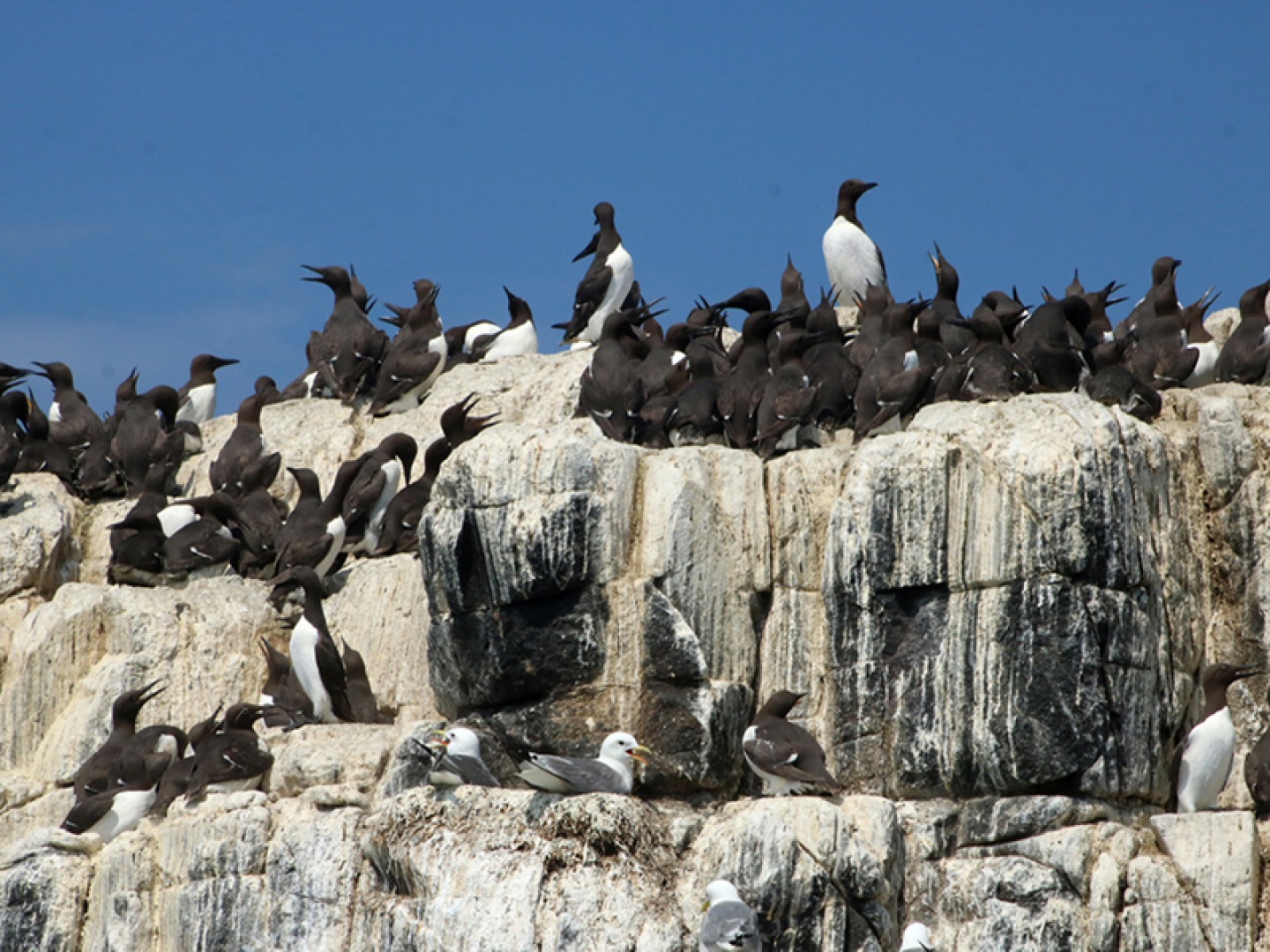
‘I’m the third generation of my family offering boat trips to the islands,’ he says. ‘It was just after the First World War, around 1918, when the family decided to get themselves a little coble for shellfishing and went out daily (so they could sleep in their own beds at night). Then they got a small boat carrying 12 passengers. My father Billy then got a larger boat and we’ve just kept expanding from there.’
William has continued to expand the fleet and retains a passion for the islands, and Billy Shiel's Boat Trips now offer a variety of experiences, from sunset cruises to dedicated trips to see the seals or puffins. ‘We also go a bit further afield, down to Lindisfarne (Holy Island). We access the island when the tide’s high and the causeway is closed, when the island’s a little bit quieter.
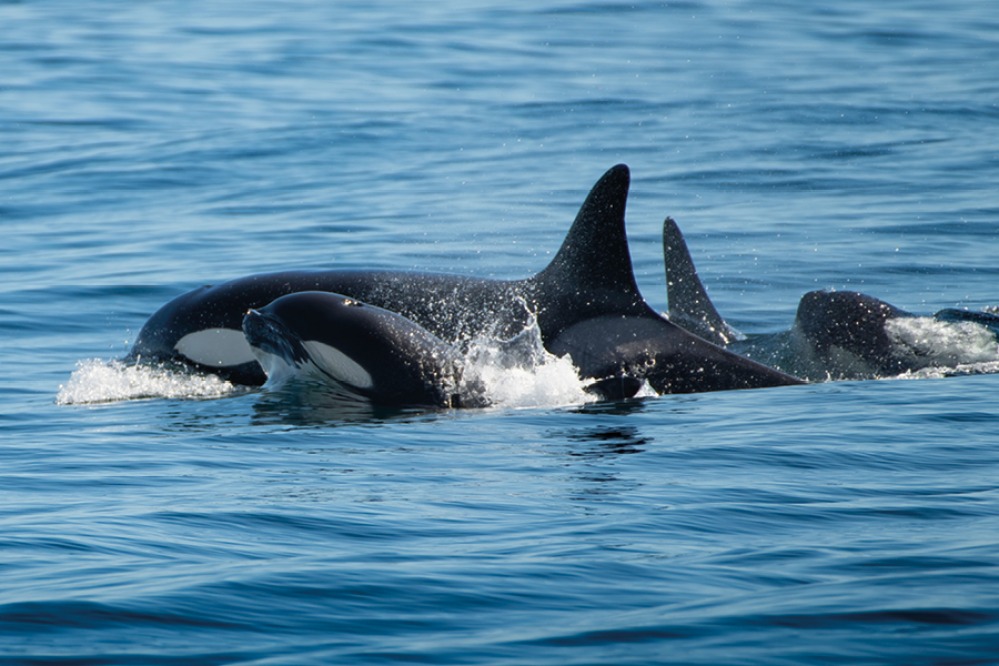
‘I’ve done this for 40-odd years now and I’ve done nothing else. I enjoy it. I like the wildlife and am interested in it, and that’s half the battle. The Farne Islands is one of the most accessible places to come and see the wildlife in our region and there’s plenty of history around the islands too, with stories of Saints Cuthbert and Aidan, and of course the Grace Darling story. There’s lots to be educated about on our trips.’
At the Farne Islands, summer is the best time to see most of the seabirds. ‘There’s around 200,000 birds here, including more than 40,000 puffins,’ says William. ‘Then of course there’s a large number of grey seals too. In fact, it’s one of the largest colonies of grey seals in Europe.’ It’s also one of the top grey seal pupping sites in England, with more than 2,000 pups born out at the islands every autumn and winter. ‘And of course seals are a good source of food for the orcas,’ says William.
Whilst out on the boat, William has seen humpback whales, minke whales and plenty of dolphins. ‘They seem to be regulars now up and down the Northumberland coast and when we’re between the shoreline and the island, the dolphins will sometimes come up and have a look and ride the wake at the front of the boat. Every day is a different day and there’s always something different to see.’
William’s dad Billy once told him that he had spotted a killer whale when he was crab fishing near Longstone Lighthouse, but never in his career has William seen one for himself… until now.
The pod of orcas was first spotted this April. ‘The first sighting was by a local fisherman on a boat out of Seahouses, just off the coast at Beadnell, and he got a lovely sighting of them. Then they came a bit closer to the islands and we managed to get a look at them too,’ says William. ‘And as we’ve been running our usual trips around the islands to see the wildlife, we’ve been lucky enough to see the orcas again.
‘One evening myself and Oliver, my son, were out on the boat and that was the night when we saw the whales tossing a seal about, and the following week they were back at the islands again. We were out with the National Trust, who own and manage the islands, and on this particular night they were going along all the rock faces hunting in and out the gullies – a mother and her calf looking for food, a seal. That was some sight! We just laid with the engine stopped and watched them, they even swam under the boat then moved off. It really was something else. That was the first time I’ve ever seen killer whales here in my lifetime!’
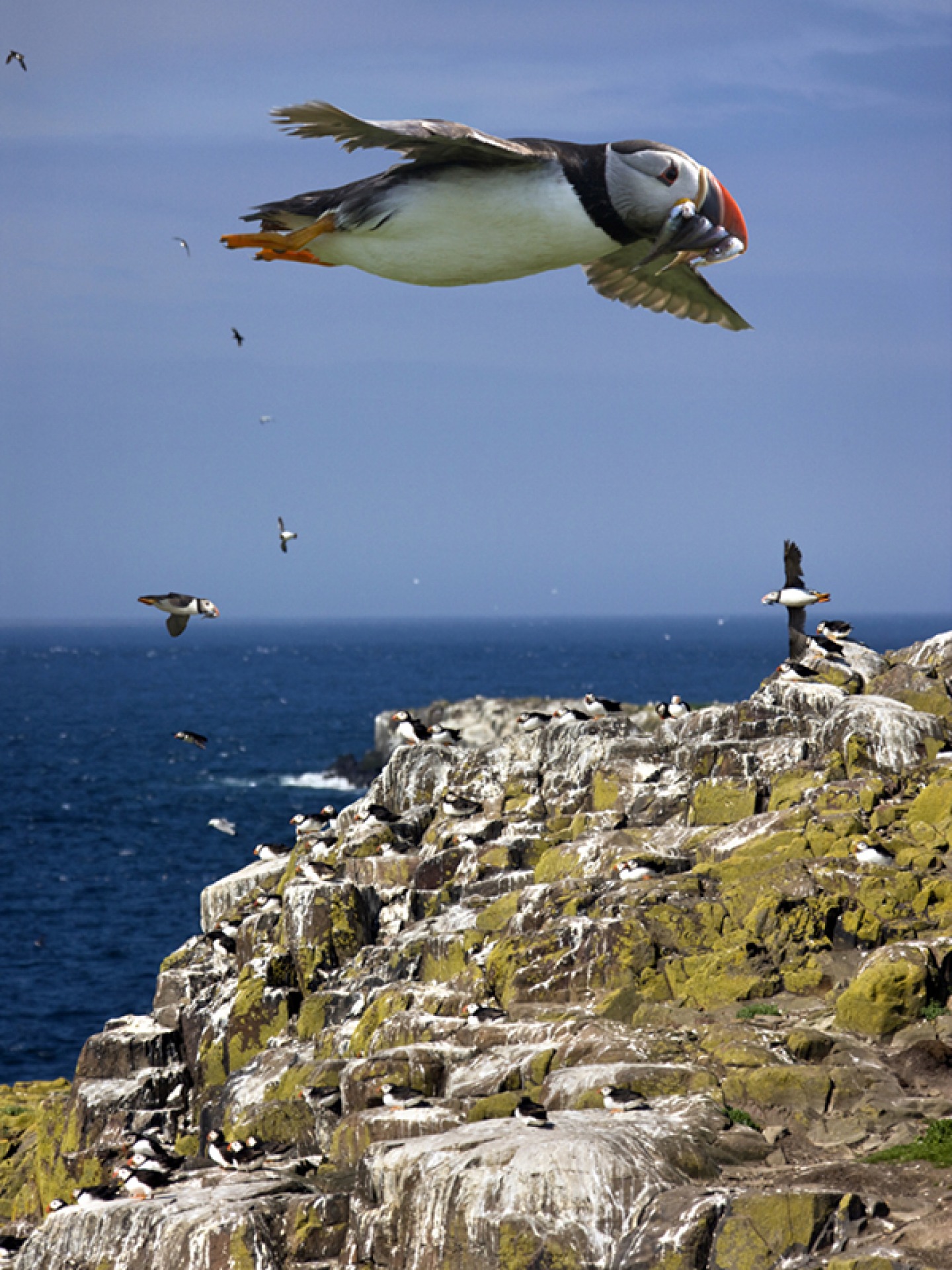
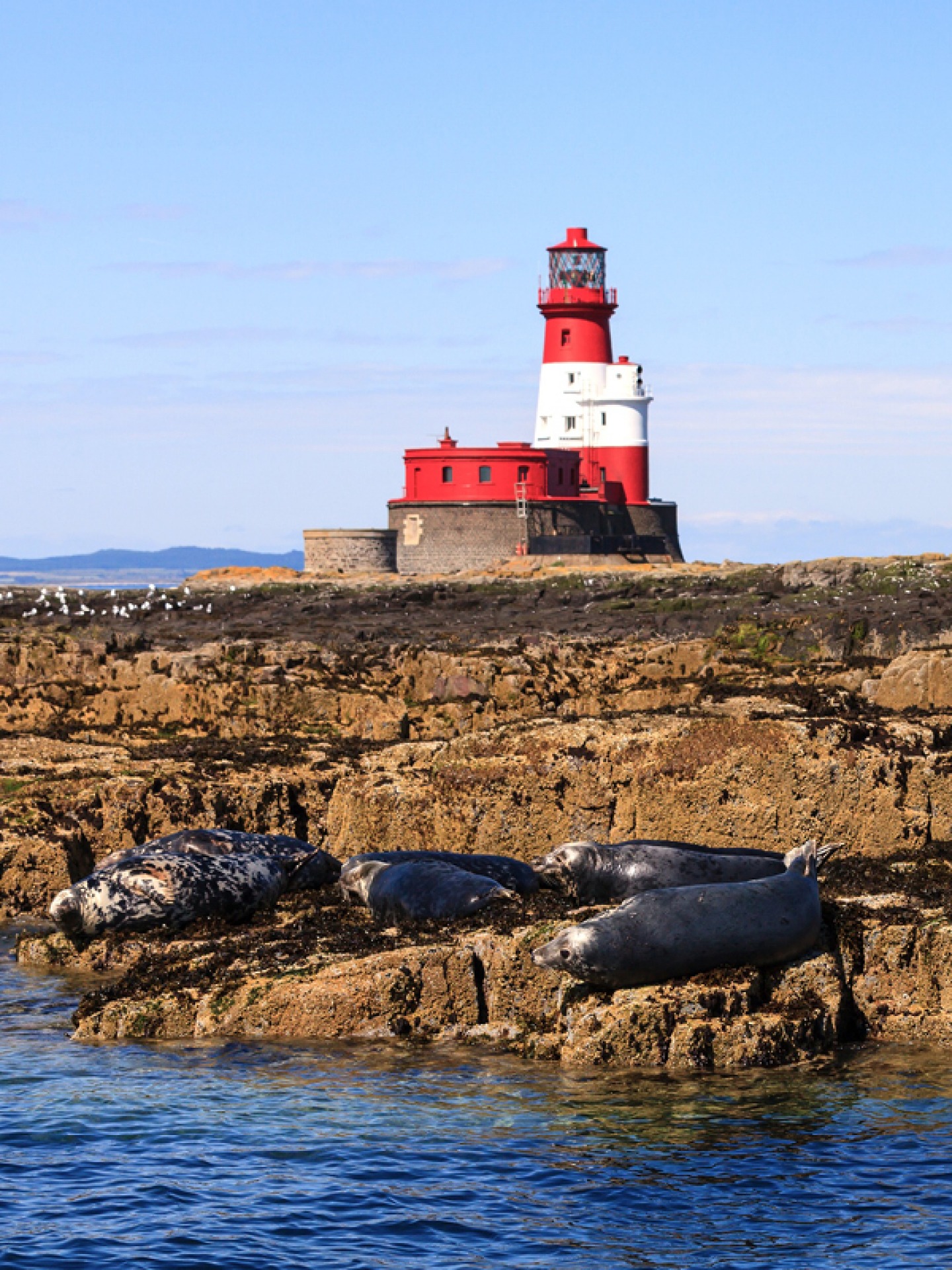
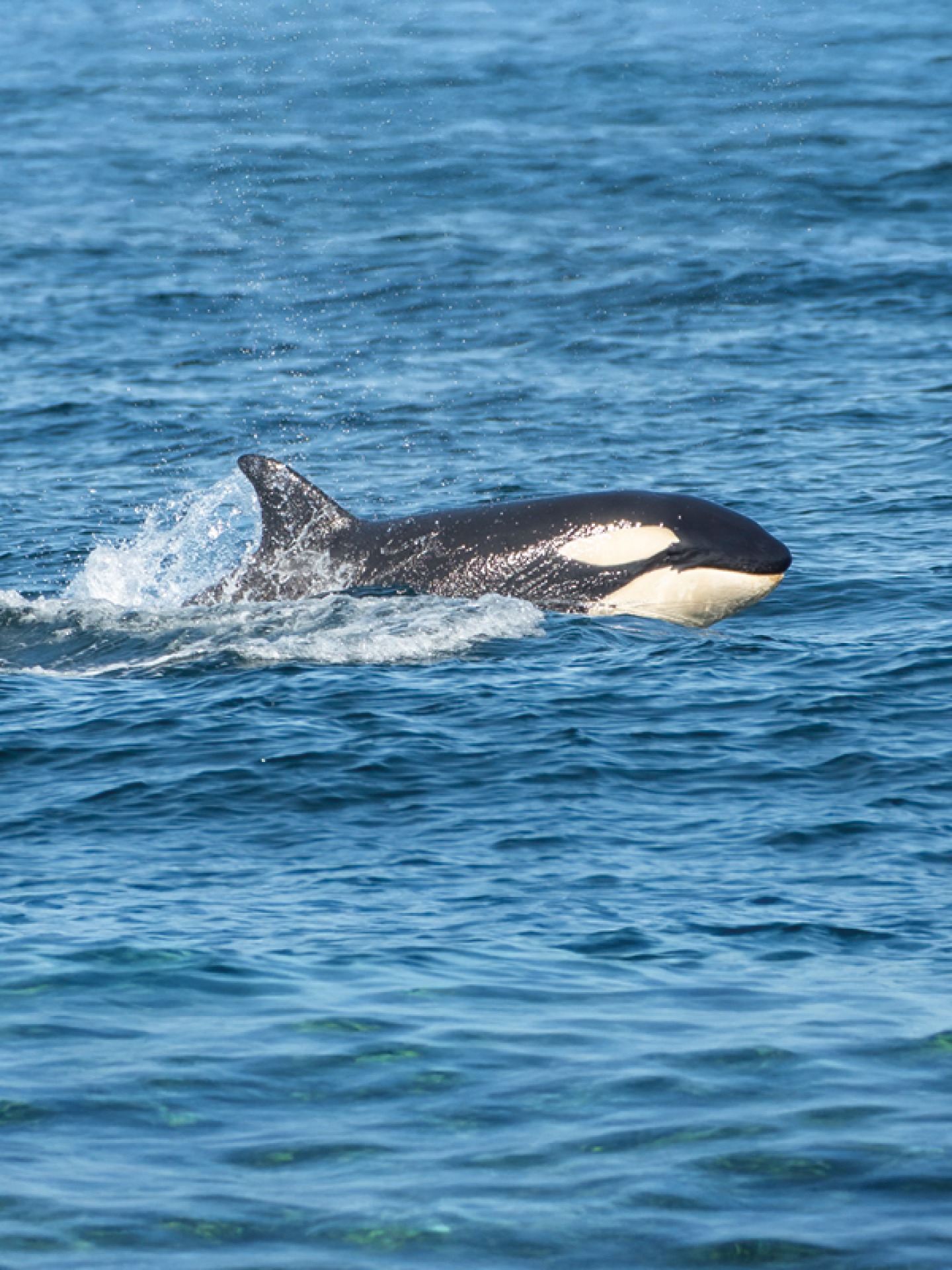
Passengers and members of the team at Billy Shiel's Boat Trips have been sharing their videos and photos of the orcas, which has allowed experts to be able to identify them by their black and white markings. While they’re instantly recognisable because of their markings (and their huge dorsal fin), according to the Northumberland Wildlife Trust, sightings of the UK’s resident orca community are especially rare because there are so few of them. They usually arrive in Northern Scotland in early summer.
Of the orcas that have been spotted around the Farne Islands, a large male was identified as being part of ‘the 27 pod’, regularly seen in Scottish waters. Others were identified as being part of ‘the 65 pod’, which are known to travel from Iceland. ‘What we think is that they’re maybe looking for a new area to frequent, and hopefully it’s going to be here,’ says William. ‘The food source for a killer whale is seals and we’ve got lots of seals, so it’s a natural way of managing them.
‘After we’d had the second sighting I did say to Oliver “I think they’ll be back”, and right enough they’ve been back. There’s been at least four sightings now, so hopefully there will be more!’

